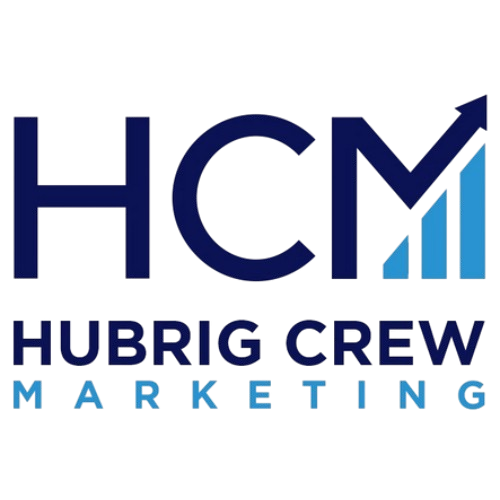Introduction to PPC and SEO
In the ever-evolving landscape of digital marketing, two strategies stand out in enhancing online visibility: PPC and SEO. PPC, or Pay-Per-Click, is a model where advertisers pay a fee each time their ad is clicked, allowing for targeted visits to websites. These ads, which can appear across search engines and social media platforms, provide businesses immediate visibility and measurable results.
On the other hand, SEO, or Search Engine Optimization, focuses on optimizing websites to achieve higher organic rankings in search results. This involves a series of practices aimed at increasing visibility and improving user experience, resulting in sustainable, long-term growth. While PPC provides instant traffic, SEO builds enduring authority and credibility.
“Integrating PPC and SEO allows businesses to leverage the strengths of both strategies, ensuring a comprehensive and effective digital marketing approach.”
Understanding the difference between PPC and SEO is crucial. PPC offers rapid results, perfect for product launches, while SEO is ideal for long-term growth and brand authority. However, when combined, they form a robust strategy that maximizes online marketing success.
Benefits of Incorporating PPC
Incorporating PPC into your marketing strategy offers unparalleled advantages, starting with a wider audience reach. Through platforms like Google Ads, businesses can tap into a vast pool of potential customers, reaching an estimated 63,000 searches per second on Google alone. This expansive reach ensures that your brand message is visible to a broader audience.
Additionally, PPC allows for precise targeting of specific demographics. With options to target by age, gender, and even household income, advertisers can craft messages tailored to particular audience segments. This level of customization enhances the likelihood of reaching users who are more likely to engage with your ads and convert.
Moreover, PPC significantly contributes to increased brand awareness. According to a case study by LifeLock, strategic use of trending keywords in PPC campaigns can position your brand in front of audiences searching for related solutions, boosting recognition even if they don’t click immediately.
Ultimately, integrating PPC not only amplifies your reach but also ensures your brand resonates with the most relevant audiences. For expert assistance, consider exploring our PPC management services to maximize your campaign’s effectiveness.
Insights from PPC Data
Leveraging PPC data provides a deeper understanding of audience behavior, crucial for refining your SEO strategy. Through metrics such as click-through rates (CTR) and bounce rates, marketers can gauge how users interact with ads. This knowledge helps in tailoring content that aligns closely with user expectations, enhancing engagement.
Analytics tools like Google Analytics and SEMrush offer invaluable keyword insights. By identifying high-performing keywords from PPC campaigns, SEO teams can optimize content to target these keywords organically. This approach not only boosts organic traffic but also enhances the overall SEO strategy.
“Data-driven decision making transforms raw data into actionable insights, driving success in digital marketing.”
Data-driven decision making is pivotal in shaping marketing strategies. As highlighted in a HubSpot article, structured data analysis allows businesses to make informed choices, optimizing marketing efforts and improving ROI. By integrating insights from PPC campaigns, SEO teams can enhance content effectiveness, creating a cohesive digital marketing strategy.
Driving Traffic with PPC
PPC advertising is a powerful tool for generating immediate website traffic. Unlike SEO, which may take months to yield results, PPC campaigns provide instant visibility by placing ads at the top of search engine results pages (SERPs). This immediate exposure often translates into a quick boost in website traffic and a significant return on investment (ROI).
The increase in traffic from PPC doesn’t just stop at immediate gains. More visitors can lead to enhanced user engagement, such as longer session durations and lower bounce rates, which are positive signals for SEO rankings. As more users interact positively with your website, search engines register this activity, potentially improving your organic search rankings over time.
Moreover, this traffic boost creates a snowball effect—higher visibility attracts more users, which can further enhance brand awareness and credibility. As PPC campaigns continue to drive traffic, your SEO efforts gain momentum, creating a harmonious cycle of growth in online presence. For effective management of your PPC campaigns, consider exploring PPC management services to maximize your results.
Integrating PPC and SEO
Achieving a cohesive brand message across both PPC and SEO efforts is crucial for maximizing marketing effectiveness. Consistency in messaging reinforces brand recognition and ensures a unified brand voice across all touchpoints. When users encounter the same keywords and messaging in both paid ads and organic results, it boosts click-through rates and lowers cost-per-click (CPC).
To achieve this integration, it is essential to use similar keywords for both PPC and SEO campaigns. This strategy enhances visibility and performance by reinforcing your presence in search results. Aligning keywords between the two channels allows businesses to resonate better with their target audience and improve the overall user experience.
Additionally, consider leveraging paid social strategies to complement your PPC efforts. This can further enhance your reach and engagement across various platforms.
Integrating these strategies fosters a seamless user experience and enhances trust, ultimately driving better results across both channels.
Frequently Asked Questions
When exploring the integration of PPC and SEO, several misconceptions often arise. One prevalent myth is that PPC campaigns can run on autopilot. In reality, continuous monitoring and optimization are crucial to avoid wasted budgets and missed opportunities for qualified leads. Another common belief is that top placement equals higher conversions. While visibility increases, it doesn’t guarantee conversions, as top positions attract both potential buyers and researchers.
Measuring success in PPC involves tracking key metrics. Beyond just counting clicks, focus on cost-per-click (CPC), click-through rate (CTR), and conversion rates to assess campaign effectiveness. Tools like DashThis can help automate reporting and visualize these metrics.
For budgeting, it’s essential to strike a balance between PPC and SEO. Investing at least 25% of your PPC budget into SEO is recommended to ensure growth across both channels. Regularly evaluate current spending and ROI to allocate resources effectively, adjusting monthly as needed. As one expert puts it, “A well-balanced budget is key to maximizing digital marketing success.”
Conclusion
In today’s digital marketing landscape, effectively integrating PPC and SEO strategies is essential for achieving comprehensive success. Throughout this article, we’ve explored how PPC can complement SEO by offering immediate results and valuable insights into audience behavior. We’ve also seen the importance of using data-driven approaches to refine SEO strategies, ensuring both immediate and long-term growth.
By embracing the synergy between PPC and SEO, businesses can enjoy a wider audience reach, increased brand awareness, and improved user experiences. This integration not only enhances visibility but also maximizes the return on investment from digital marketing efforts.
We encourage you to implement these strategies and monitor your campaigns regularly. By doing so, you’ll be in a better position to adapt to market changes and optimize your marketing tactics. Remember, the key to digital marketing success lies in continuous learning and adaptation. So, take the leap, integrate your PPC and SEO efforts, and watch your online presence thrive.



